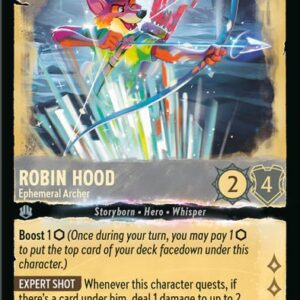Imagine heading to your local big-box store, anticipating a leisurely Friday shopping experience, only to be met by throngs of eager individuals lined up, as if waiting for the latest gadget release. Yet, these lines aren’t for the newest tech wonder but for packs of Pokémon trading cards. In what is now becoming a regular spectacle, collectors scramble to seize every available card pack hot off the restock trolley. The scene is reminiscent of times past when collecting went from hobby to unbridled obsession, much like the infamous sports card bubble of the 1990s. The burning question on every collector’s mind: can this Pokémon TCG craze endure, or is the bubble destined to burst?
Friday restock days have transformed into gladiatorial contests with collectors and scalpers jostling for supremacy. While collectors wish to preserve the joys of their childhood, scalpels, with a glint of dollar signs, are ready to sacrifice their credit limits for a slice of this lucrative pie. Their interest lies not in the iconic creatures adorning the cards but in reselling them at inflated prices online, turning a quick profit. It’s a feeding frenzy where many true Pokémon aficionados, especially young fans, are outbid and outmaneuvered, left with empty hands and even emptier shelves.
In a bid to quench this ravenous demand, The Pokémon Company ramped up its printing presses. What once seemed like prized relics gasp for air in a sea of availability. Sets such as “Evolving Skies,” “Crown Zenith,” and the much-coveted “Van Gogh Pikachu” promotional cards now saturate the market. Take, for instance, the “Van Gogh Pikachu” card, which at first glance seemed to be a collector’s dream. Yet, with an astounding 40,000 PSA 10 copies graded, it now serves as a cautionary tale of perceived scarcity versus actual abundance. Rarity was a mere mirage, a perceptual ploy betrayed by overproduction.
This narrative of escalating production and runaway demand strikes a familiar chord with the sports card bubble of the late ’80s and early ’90s. Back then, card manufacturers churned out products at unsustainable rates. The collector’s cry for “rare” items dwindled as stacks of cards multiplied, only to later be realized as common and devalued. The aftermath was swift and brutal, a massive implosion leaving disillusioned collectors clasping heaps of devalued cardboard. Currently, the Pokémon market appears to teeter on a similar brink, driven more by speculative purchases and hype than true scarcity. Overinflated prices, swollen PSA population reports, and a market flooded with products all echo the prelude to a potential crash.
When, then, will this collectible concoction collapse? The timing, as foreseeable as a Mew’s shuffle in a deck, remains elusive. However, the signs of peak saturation grow more pronounced. Scalpers, their financial wings weighted down with debt, may soon face a reckoning if values plateau or revert. As product availability reveals its pervasive breadth, collectors may retreat, suffocating demand and eroding prices. The community of seasoned collectors whispers of cautionary patience, advising against riding the wave of speculative mania.
If history serves as any guide—and it habitually holds that mirror—Pokémon trading cards might soon experience a rapid swing of the pendulum, from current highs to possibly steep lows. Such contractions would prompt a reflection anew, underscoring the timeless truism that genuine scarcity—not fabricated fanfare—endures as the cornerstone of sustained value.
As it stands, this rollercoaster ride appears poised at the apex, ready to descend into a lesson-laden trough. Those who cherish the joy of collecting are left on the sidelines to ponder the pendulum’s forthcoming arc, hoping their treasured pieces withstand the looming storm. With the wisdom of market history, the future invites measured steps, urging what may be the key takeaway from all this revelry: collect not just for value, but for the heart’s delight.





